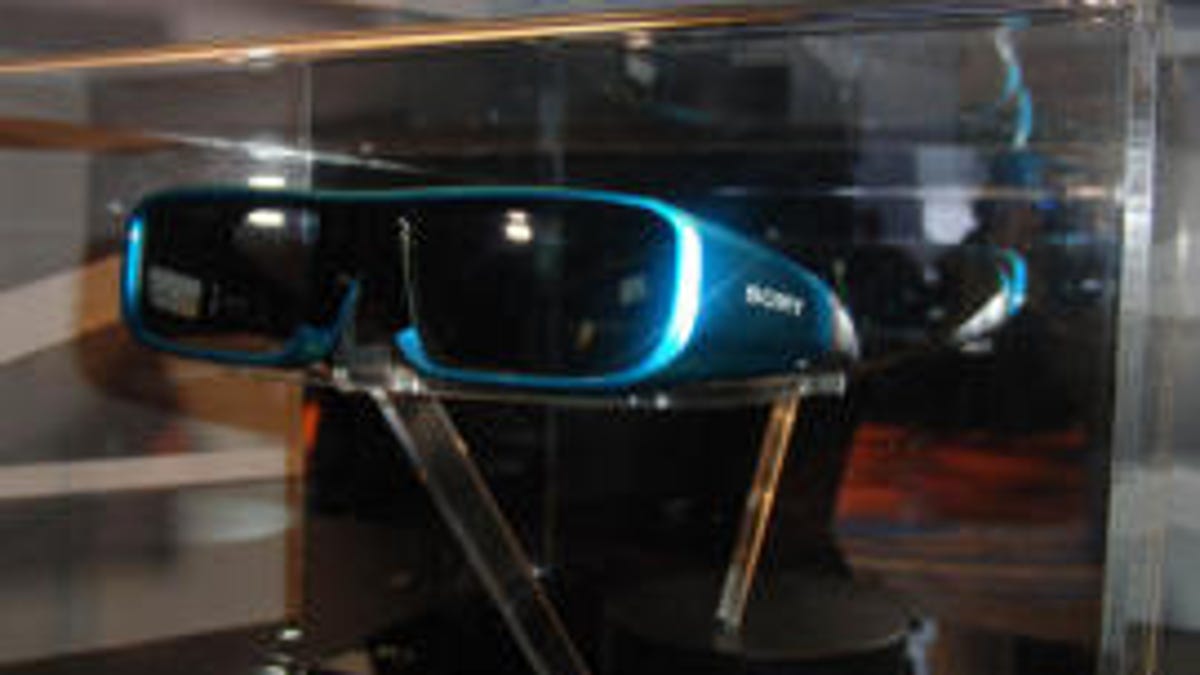LED, 3D failing to drive HDTV purchases
A new study from DisplaySearch finds new technologies in the television market, including 3D and LED, aren't making consumers want to buy new sets.

Though a growing number of LED backlit and 3D televisions are entering the market, consumers aren't willing to ditch their current sets for those new technologies, a study from research firm DisplaySearch has found.
When consumers from around the world are ready to buy televisions, LED backlighting is a "below average driver" of purchases, the research firm said. The higher cost of LED-backlit sets was a determining factor in that decision. Urban China and Russia were the only two spots around the world where consumers would consider LED backlighting an "above average driver" of purchases.
It's a similar story with 3D. DisplaySearch said that the general lack of compelling 3D content is causing consumers to balk at the idea of buying a new television for the sole purpose of viewing content in the third dimension. The researchers were especially surprised to find that Japanese consumers, who DisplaySearch said have long been willing to adopt new technologies before much of the rest of the world, have viewed 3D "as a relatively unimportant factor when deciding to buy a new TV."
Last year, Deloitte unveiled its own study that found 83 percent of consumers didn't believe 3D would be enough to make them want to buy a new television. The research firm also found that 60 percent of respondents wouldn't be willing to pay extra for a set that offered 3D viewing.
Worst of all for 3D television vendors, Deloitte found that 31 percent of respondents thought 3D content did not "enhance their entertainment experience," while another 13 percent said that they "get physically ill [or] uncomfortable after watching 3D programming."
So, what are driving consumers to the stores to buy new televisions? The same old stuff, the researchers found. DisplaySearch said that "fundamentals like trading up in size or getting a flat-panel TV" continue to be the biggest reasons consumers are jumping to get a new set.

